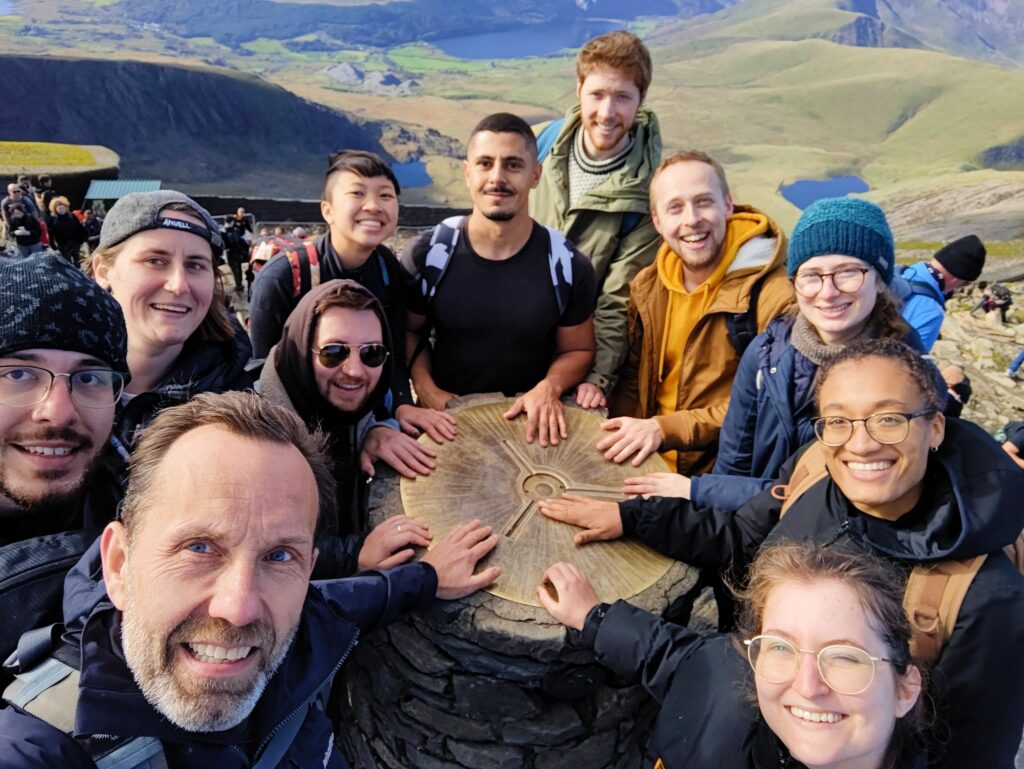We are the Hyvönen Research Group at the Department of Biochemistry, University of Cambridge, led by Marko.

Our research is aiming to understand how proteins function, how signals are transmitted from one cell to another, how We use various biochemical, biophysical and structural biology methods to study our target proteins and their interacting partners, to reveal determinants of affinity and specificity of these interactions at atomic level detail.
One of our main focus is on the TGF-β family growth factors, their receptors and interacting proteins.We are trying to understand how these growth factors are regulated in the extracellular space, how they are activated from their precursor state and how they interact with their regulators such as follistatin and gremlin.
We are also developing tools, small molecules, peptides and proteins, that can modulate these processes.We use fragment-based drug discovery approaches to find initial hits that serve as starting points for the inhibitor development. By using serial protein crystallography and biophysical analyses, we support the structure-guided design efforts with our collaborators.
We are very collaborative and support many of our colleagues’ research with structural biology, helping them to produce high quality proteins, to analyse their interactions and to determine structures of these proteins and theor compelxes by X-ray crystallography.
We are funded by Wellcome Trust, Rosetrees Trust, BBSRC and by collaborators in academia and industry.



